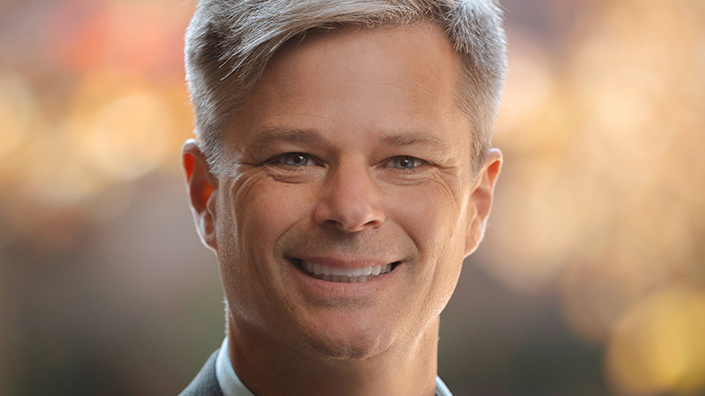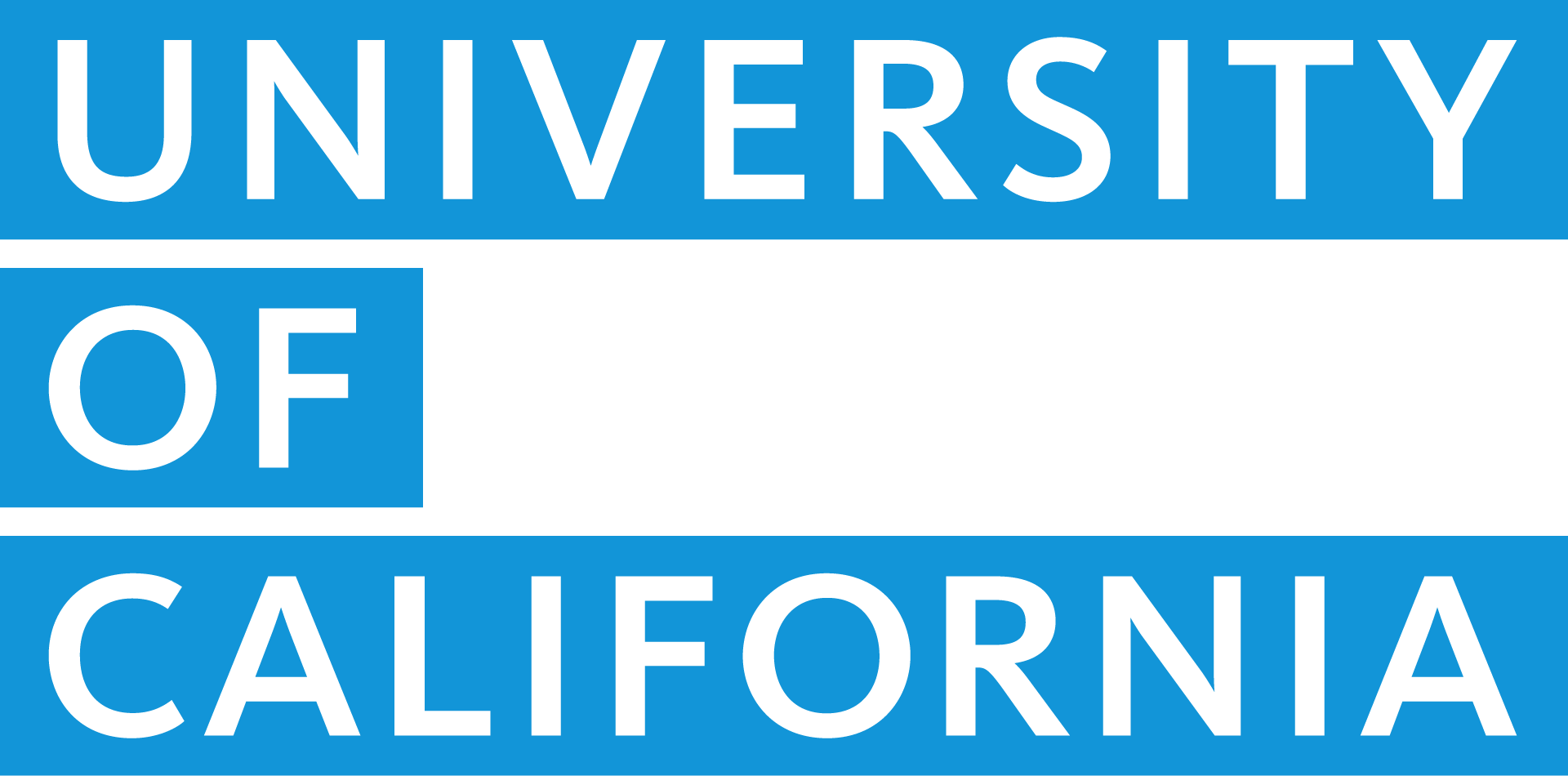Samson Blackwell on building a strong talent pipeline
Share This Article

By Leslie Sepuka, UC San Diego
UC San Diego Senior Director of Talent Solutions Samson Blackwell joined the university six months ago. He leads three teams focused on finding the very best talent for the university. He will also help drive the UC San Diego’s People Proposition, an approach that recognizes the whole person, and focuses on the key aspects of a work environment that instills pride and excitement in employees.
In an interview with UC San Diego Today, Blackwell sheds light on what he’s seen and experienced so far, and outlines some of the changes people will begin to see and how they will benefit current employees, potential job candidates and the university.
Could you please share a little bit about yourself?
I have been married for almost 30 years and have two grown kids — my son, Logan, is 22, and my daughter, Kaia, is 19. They both live in San Luis Obispo, so I go back to visit them when I can. My wife, Deni, is in San Diego with me, though she works for Cal Poly San Luis Obispo, which drives home the importance of work flexibility and having remote opportunities.
Before joining UC San Diego, I was senior director for Talent Acquisition and Workforce Planning at Cal Poly for almost 10 years. I earned my bachelor’s and master’s degrees in English literature at Cal Poly, as well, so it was interesting to come back as an alumnus and support the university as an employee.
I have more than 20 years in talent acquisition. I started my career in human resources at a hospital while attending grad school. That was a wild time — pursuing my graduate degree, working for the hospital full time during the day, teaching at night and my first child was born at the same time. I don’t recall sleeping! In addition to my time at Cal Poly, I started my own recruitment consulting business, and I spent a number of years in a large health care organization.
How did you decide UC San Diego is the place for you?
As great as the opportunity was, it was the team I interviewed with — Chief Human Resources Officer Terri Winbush and her leadership team — that sealed the deal. I thought, “I really want to work with these people,” and it has proven to be true. I love the time that I’ve had with the team. They are like-minded individuals focused on creating an environment where every person can thrive and grow, and engaging in the right conversations to effect meaningful changes and improvements.
Terri’s an authentic, energetic, knowledgeable and visionary leader who is highly motivated to affect positive change for people. It’s fair to say her vision and energy extends throughout the whole team. I am similar in my outlook — the ability to affect positive change inspires me, draws me in. And after nearly a decade at Cal Poly, I look forward to new challenges and creating solutions that just make things better.
Tell me about your role at UC San Diego.
As senior director of Talent Solutions I’m focused on talent strategy and recruiting. Recruiting has to do with identifying, tracking, assessing and hiring well-qualified talent from a diverse pool of candidates. Three teams report to me — Talent Acquisition, Temporary Employment Services and Executive Recruiting Services — and they are all focused on recruiting. The individuals on these teams, and my leadership team, are another reason I’m excited to be here.
Across industries, but especially in higher education, recruiting is mostly reactive, “Oh, I have an opening, I need to fill it as quickly as possible.” But there is a growing understanding that you need to proactively plan for growth, turnover and changes in your organization.
Another part of my role is around strategic workforce planning, which aligns your people plans with organizational goals and business plans. Implementing this model will support more strategic decision making, budgeting and team development. And it will have a significant impact on recruiting because we’ll be able to be thoughtful about what we need in terms of talent today and tomorrow and how we’re identifying that talent internally and externally.
This model also supports current employees with a strategic focus on talent mobility and career advancement opportunities.
Are there certain kinds of roles that need to be filled or will be a focus initially?
First off, we need to use data for decision-making. We need to understand what our needs have been historically, and look at volume, but also complexity. The university needs to fill a significant volume of specific roles — so those are a recruiting focus — but our campus also requires highly niche roles that are difficult to fill. Our focus is on designing a recruiting function that supports both high-volume positions and also recruiting for these niche roles in a much more proactive way. Sometimes we will have positions open for a year or more. Implementing a new strategy will help us hire for these roles much more efficiently and effectively.
How does this help our staff?
This helps the staff in two ways. This approach will provide more transparency, more opportunities for development and more options within the university so staff can stay and grow if they choose to do so.
Using data — understanding how long people stay, and where they go when they leave — will help leaders make better decisions, which impacts staff opportunities. Also, if we streamline the recruiting process and provide more effective tools for decision-making, it will make it easier for staff who serve as search committee members.
There was a great conversation during the People Leader Summit about employee retention, how to keep someone at the university. I asked, “Is it right to keep them? Are they trying to grow? Does the role you have fit where they are headed?” As leaders, we should be thinking about what we are doing to grow people who could succeed in the role that this person — who actually does need a new opportunity — might vacate. Are we building our whole team or focusing on one person? We need to focus on developing everyone and to be excited when someone has the opportunity to advance their career.
What about potential hires — people outside of the university?
First, we need to consider how we’re presenting our jobs to potential applicants. Other industries are marketing their positions. We’re still posting the full job description. It’s more effective to post key points about the job so qualified individuals apply, but also to make the case for why someone would want to work in your department. What are the things beyond the actual work that make UC San Diego a great place to work?
Another important thing when we talk about candidates, both internal and external, is effective and timely communication. We’ve heard from candidates that it’s easy to apply, but also that we don’t communicate. They may not hear from us for several months, which is deeply frustrating. As a candidate, I might begin to think that the university is not very well-organized or that we don’t care much for employees if we can’t be bothered to communicate with them. It really is critical to communicate with all candidates in real time. Even if they have not been selected to move forward, candidates appreciate it when you communicate with them. They just want to know the outcome so they can move on. One of the projects we’re working on now is developing more tools and guidance for departments to improve communications. This will have a big impact to the candidate experience and how candidates perceive the university as an employer.
In addition to communicating more effectively, we need to streamline the recruiting process, which can take much too long and involve too many steps. We’re going to be putting together a process workshop to strip it down to only the essential steps while ensuring quality and diversity throughout.
Are there any other exciting changes coming up that you’ve not yet had a chance to mention?
We’re putting together a five-year roadmap in alignment with the People Proposition about the kind of changes that we’ll see in talent solutions in order to meet the needs of the university, which has grown and continues to grow. There are evolutionary and revolutionary changes we need to make to recruiting and to be strategic about talent to keep pace with other organizations and to set our employees up for growth and success — and I would love UC San Diego to lead the way in some areas. Stay tuned!
